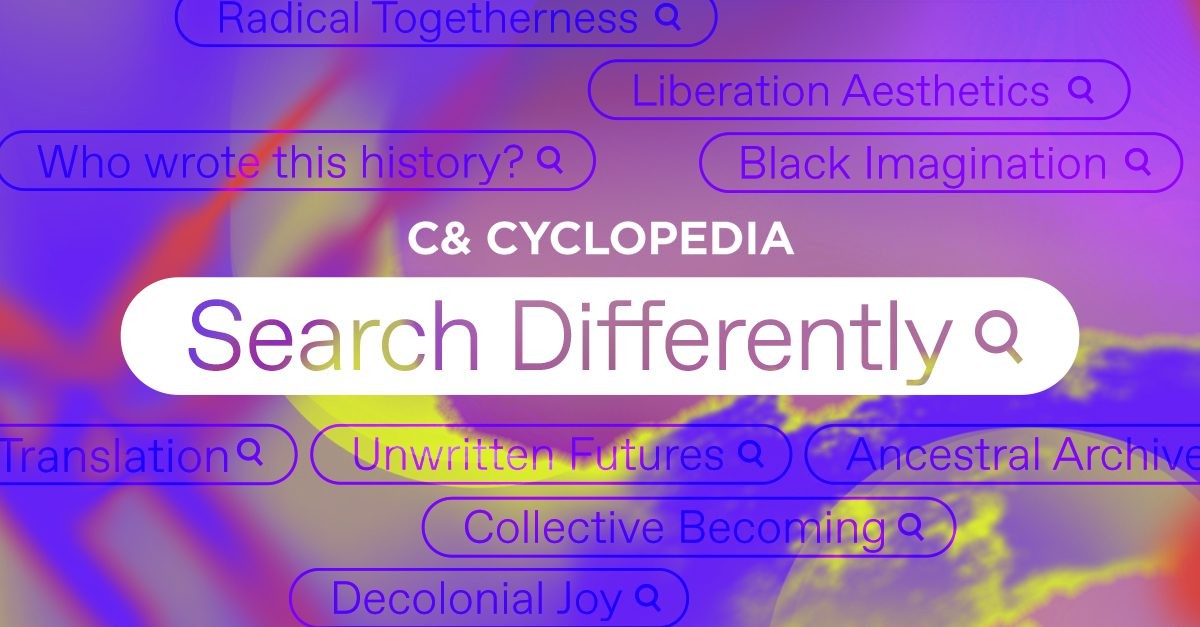“One way to reignite this collective memory”
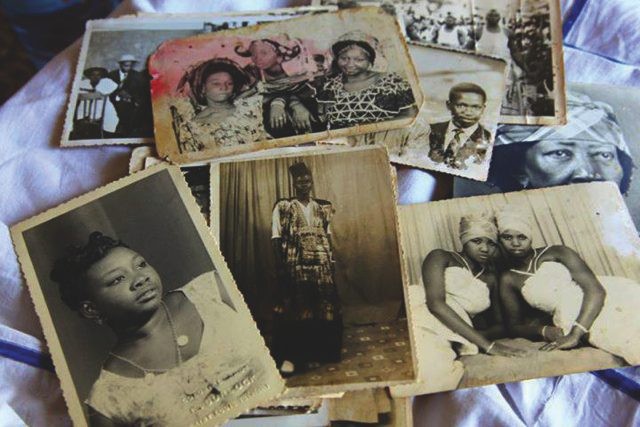
C&: You describe yourself as an autodidact. What set you on this path? Ibrahima Thiam: I’m an autodidact in this field of expression. I began to practice photography as an art and a vocation following an open studio set up by the Goethe Institute during Photography Month in Dakar. That was when my interest in …
C&: You describe yourself as an autodidact. What set you on this path?
Ibrahima Thiam: I'm an autodidact in this field of expression. I began to practice photography as an art and a vocation following an open studio set up by the Goethe Institute during Photography Month in Dakar. That was when my interest in photography as a field first took off.
C&: Tell us a little bit about your artistic process. What are its roots, its style, its vision?
IT : My artistic process is driven by my passion for photography. It takes, on the one hand, a documentary approach – a kind of photographic writing about human life – and on the other hand, an artistic approach that consists of drawing or painting with light. Photography allows me to articulate a viewpoint or visual perspective, to share my intuitions and sensibilities.

<figcaption> Meïssa Gaye, Studio: Tropical Photo Saint-Louis, courtesy: Ibrahima Thiam
C&: Your current work centers on photographic archives from your private and family collections. How did this discovery come about?
IT : Growing curious about relics of the past, I immersed myself in family photo albums from an early age. I tried to decipher the feelings of those figures that were frozen on yellowing paper, people who had been part of my family. Photography was always one of my childhood passions. Only later did I discover that it's a form of art, the greatest of the arts. I have been collecting family photos for some 18 years now, since long before I began practicing photography myself. My grandmother, a fabric dyer, always collected portraits. When she saw that I was interested in her collection of prints, she offered me some and I bought others from acquaintances.
C&: Your collection, which you have given the title Collection Photo Souvenir, includes a wide range of valuable prints from the likes of Mama Casset, Meïssa Gaye and Oumar Ka, among many others. How would you describe these pieces? Do they speak to an aesthetic, historical or social heritage?
IT : Indeed the works are very much artifacts of our artistic, social and historical heritage through the information they convey about the prevailing lifestyles and tastes in the years they were taken, in addition to their artistic features. They are also an irreplaceable testament to that key period in the history of African photography between the end of World War II and the mid-1980s, which saw the heyday and decline of black and white portraiture as an art form. These artists were photographers representing their people and their environments, and their approaches to the portrait are fascinating. They brought their aesthetics to their photo shoots, drawing deeply on their desires and experiences. Their work bears witness to a people's diversity, creativity and imagination: in other words, their modernity.
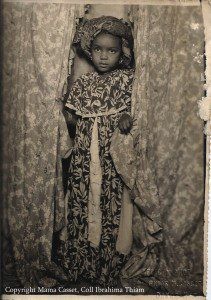
<figcaption> Mama Casset, Studio: African Photo Gnias M.Casset Dakar Médina, courtesy: Ibrahima Thiam
C&: To what extent did this legendary photography reflect a liberated form of African self-representation in that era? What does the past say about the present?
IT : Among all of the creative mediums – from the performing arts to fine art to fashion, from literature to cinema to dance – photography was one of the first visible manifestations of the effort to open up the movement of contemporary African forms to the global stage. The profession first developed in the coastal cities of West Africa. The first professional studios appeared in Lagos in the 1880s, and were run by Sierra Leoneans, followed by Liberians and Ghanaians. The regulations on photography under the various colonial powers certainly did limit the expressive choices available to African photographers. As to what the past says about the present, I try to draw on my research into certain aspects of the history of photography in order to highlight the historical basis of today's society, using concrete examples to demonstrate the relationships that make society and artistic expression interdependent. I also try to demonstrate how the techniques of capturing photographic images have transformed our view of the world. Tradition must not be forgotten; it needs to have existed in order to breathe life into modernity.
C&: Your focus on archives resonates deeply in your artistic practice. How would you define the archive as a method and a concept?
IT : Archives are an essential component of many types of work. If an archive is not actively used, it's legitimate to ask why it's even there. An archive's goals are twofold: yes, to collect and preserve, but also to teach and inspire. Private and public archives are few in number, practically nonexistent. What's more, they are often scattered and, worst of all, poorly conserved. The preservation and conservation of African collections allows us to shed light on the historical, social and spiritual roles of photography in Africa.
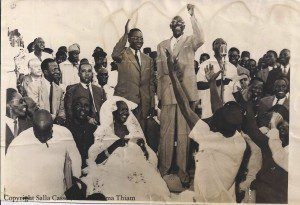
<figcaption> Salla Casset, Studio: Senegal SN Casset Dakar Médina, courtesy: Ibrahima Thiam
C&: What are your plans for your own collection: to expand it, donate it to a foundation or institution, or even to found one yourself (a structure to house the works)?
IT : For now, I want to expand the collection, which helps drive the research of artists, critics and historians. My efforts to preserve and conserve the collection aim to compensate for the lack of spaces for accessing art (such as museums, photo libraries) and to enable art students and researchers to develop a grasp of the history of photography in Senegal. For me, the collection is a passion and a methodology, aiming to raise awareness of the photographic predecessors whose work I've had the chance to preserve. I would be doing them an injustice if I acquired their artwork only to store it away in filing cabinets. These photographs will exist for many generations to come. That's one way to reignite this collective memory.
C&: What will you be exhibiting for Dak'Art OFF?
IT : I will be presenting two series for Dak'Art OFF called L'Usure du temps (The Erosion of Time) and Reflet (Reflection) at the Athena bookstore, exposing invisible realities and sharing them.

<figcaption> Oumar Ka, Studio: Oumar Ka Touba, courtesy: Ibrahima Thiam
Ibrahima Thiam,a self-taught photographer, was born in Saint-Louis, Senegal, in 1976. Thiam takes a journalistic approach characterized by photographic writing about human life.
From 9 May - 8 June 2014 Ibrahima Thiam is showing his seriesRefletandL’Usuredu tempsat the Athena bookshop in the framework of Dak’Art OFF.
Librairie Athéna
33, Rue Jules Ferry
Dakar, Sénégal
www.librairesfrancophones.org
.
Interview by Aïcha Diallo
Read more from

Maktaba Room: Annotations on Art, Design, and Diasporic Knowledge

Irmandade Vilanismo: Bringing Poetry of the Periphery into the Bienal
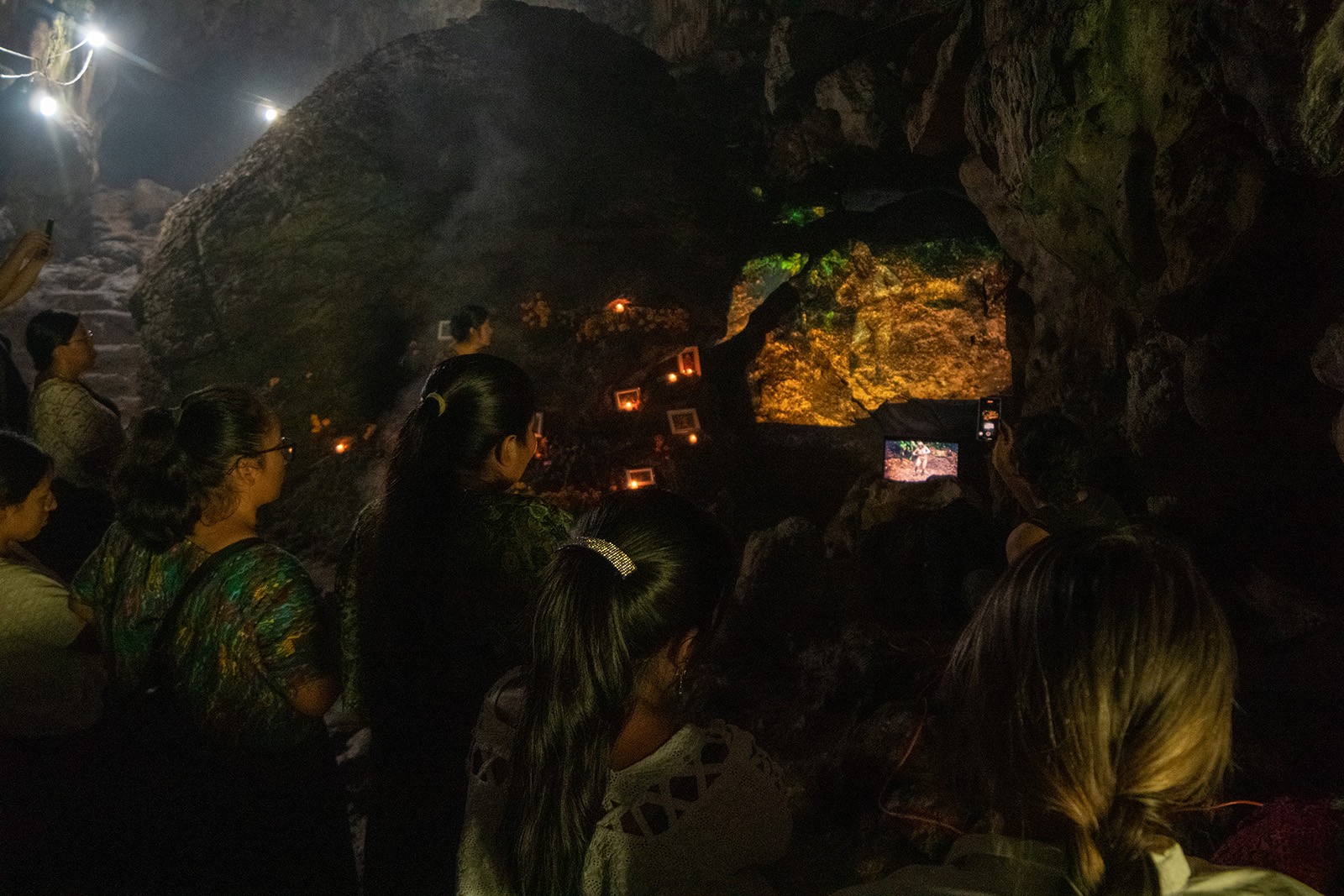
Esperanza de León: Curating Through Community Knowledge
Read more from

On Ghosts and The Moving Image: Edward George’s Black Atlas

Maktaba Room: Annotations on Art, Design, and Diasporic Knowledge
